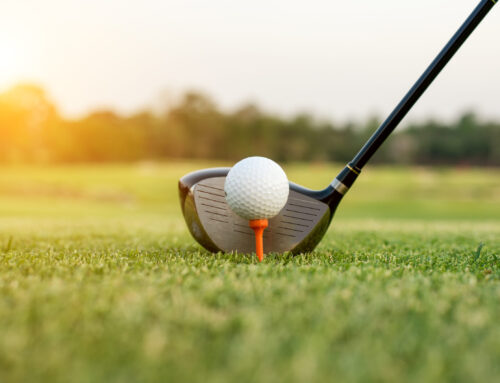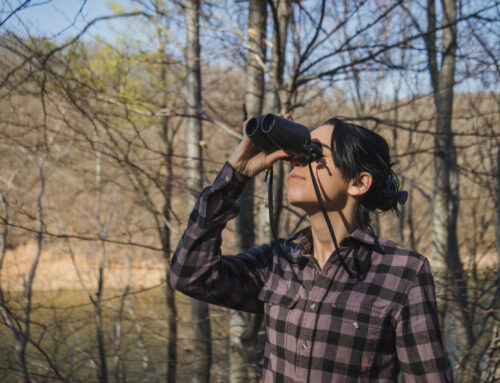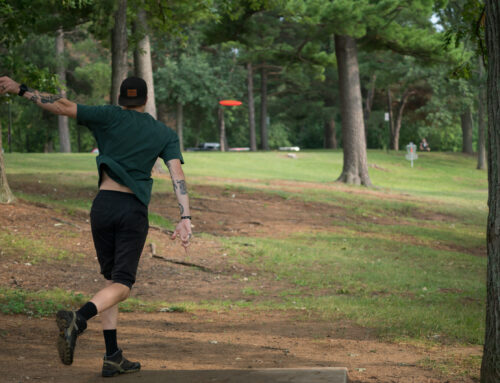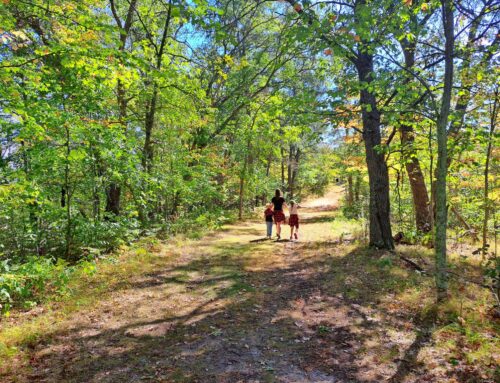How to Kayak: A Beginner’s Guide to Getting Started
There’s something incredibly peaceful about gliding across the water in a kayak, surrounded by nature and moving at your own pace. Whether you’re seeking a relaxing paddle on a calm lake or an adventurous journey down a winding river, kayaking is one of the most accessible and enjoyable outdoor activities for beginners and seasoned explorers alike.
If you’ve always wanted to try kayaking but weren’t sure where to start, this guide will walk you through the basics—from gear and safety to technique and where to go. Here are tips for beginners from Brian Boyda, founder of local kayaking enthusiast group Paddle Folk Kayak Club.
Five Kayaking Tips for Beginners:
- Safety first, always wear a life jacket (PFD) that fits well. It’s also smart to bring a whistle for emergencies, dry bag for valuables, water bottle and sun protection like hat, sunscreen, and sunglasses with a strap.
- Learn kayaking by going out with someone that is experienced and can show you what to do or take a lesson.
- Learn the basic strokes for going forward, turning directions, going backwards, and turning around before venturing long distances.
- Pick a safe place to learn like a small calm lake and watch the weather; don’t go out in strong winds or thunderstorms that have lightening and/or heavy rain.
- Pick the right type of kayak and paddle for what you want to do.
- Recreational kayaks—shorter, wider and more stable; great for short distances or floating and relaxing in the sun.
- Touring or sea kayaks—longer and skinnier; meant to travel longer distances and have room to safely stow gear.
- Specialized kayaks—outfitted for fishing, whitewater rivers and more.
- Choose a paddle that’s the right length for your height and kayak width. A general rule is the taller you are and the wider your kayak, the longer your paddle should be.
If you’re not sure what you prefer or don’t want to commit to buying, there are a handful of rental businesses in the Brainerd/Baxter area to check out. Find them HERE.
Basic Kayaking Technique
- Getting In and Out—launch from a shallow, calm area. Sit in the kayak with your feet forward, knees slightly bent, and back straight. Use your paddle or a dock for stability as you ease in.
- Holding the Paddle—hold your paddle with both hands, slightly wider than shoulder-width. Blades should be angled the same way.
- Forward Stroke—dip one blade into the water near your toes, pull it back alongside the kayak, and alternate sides smoothly.
- Turning—use a sweep stroke; a wide arc with your paddle on one side. To turn right, sweep on the left. To turn left, sweep on the right.
- Stopping or Reversing—paddle backward using the reverse stroke; dip the blade near your hip and push forward.
Where to Go
Brainerd and Baxter is situated in the heart of Central Minnesota’s lake country with more than 400 lakes in Crow Wing County alone. Recommended spots include:
- Perch Lake, Baxter MN
- Rice Lake, Brainerd MN
- Whipple Lake, Baxter MN
Kayaking is an easy, low-impact way to explore the outdoors and connect with nature. With a little preparation and a spirit of adventure, you’ll be gliding across the water in no time. So grab a paddle, gear up, and enjoy the journey—your next outdoor adventure is waiting!
Photos courtesy of Images By Darshan








